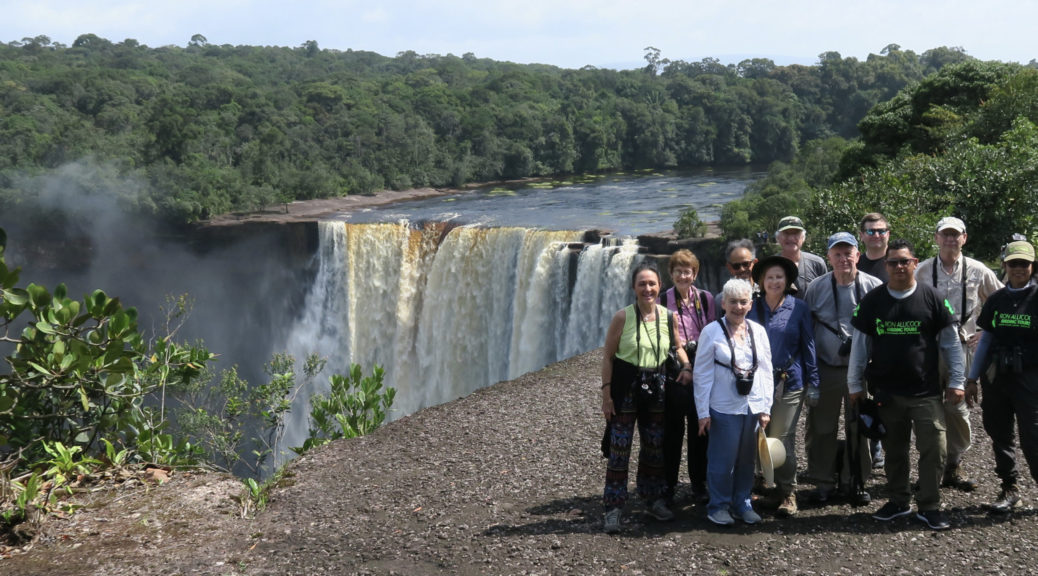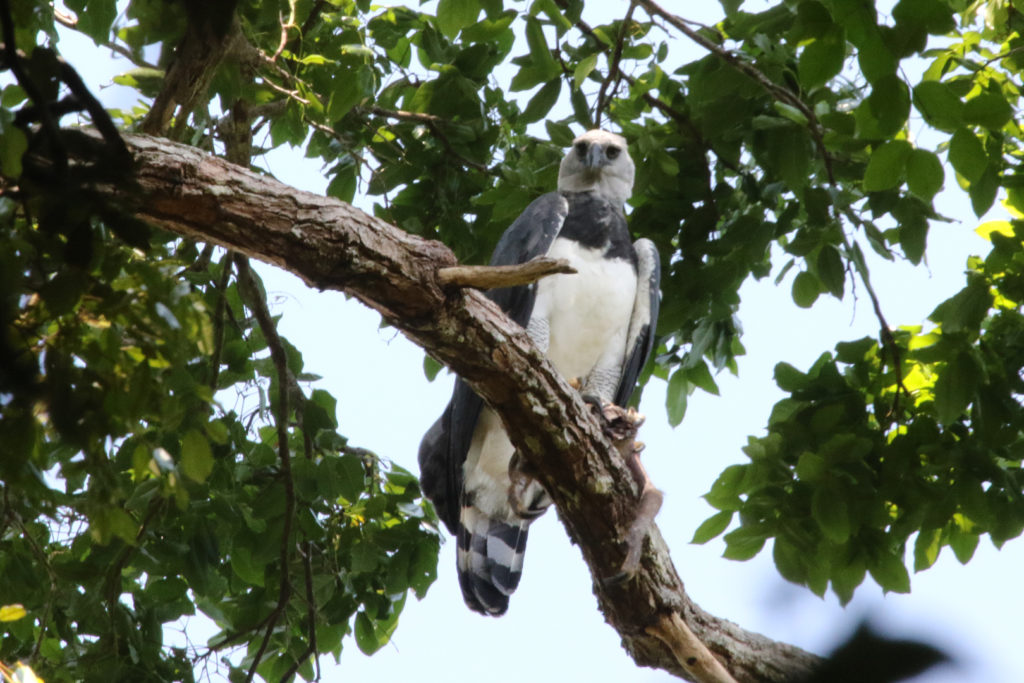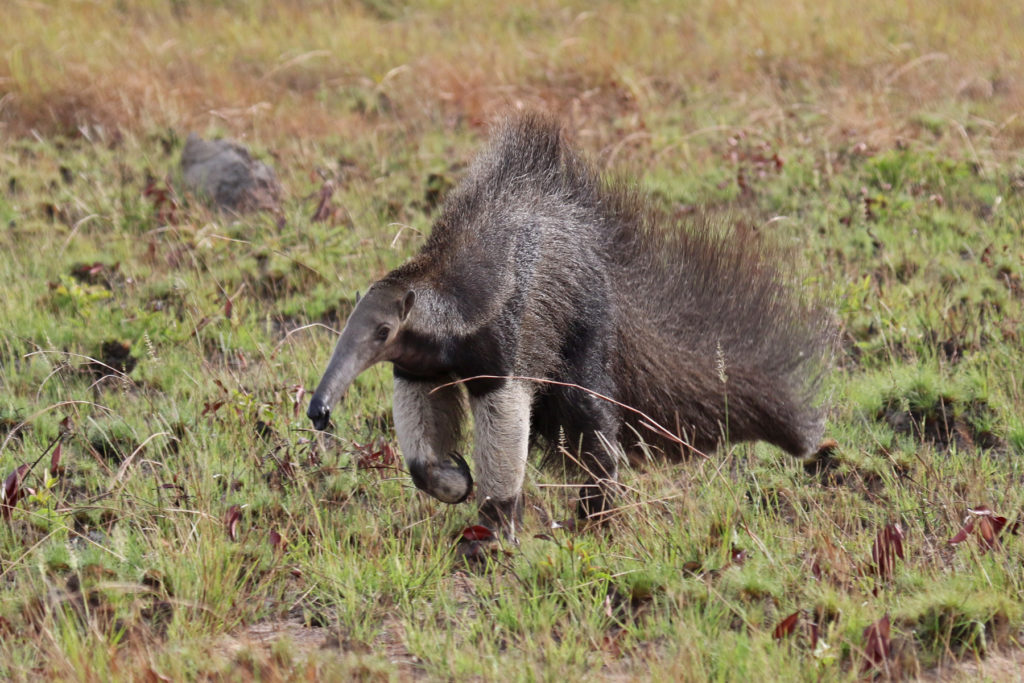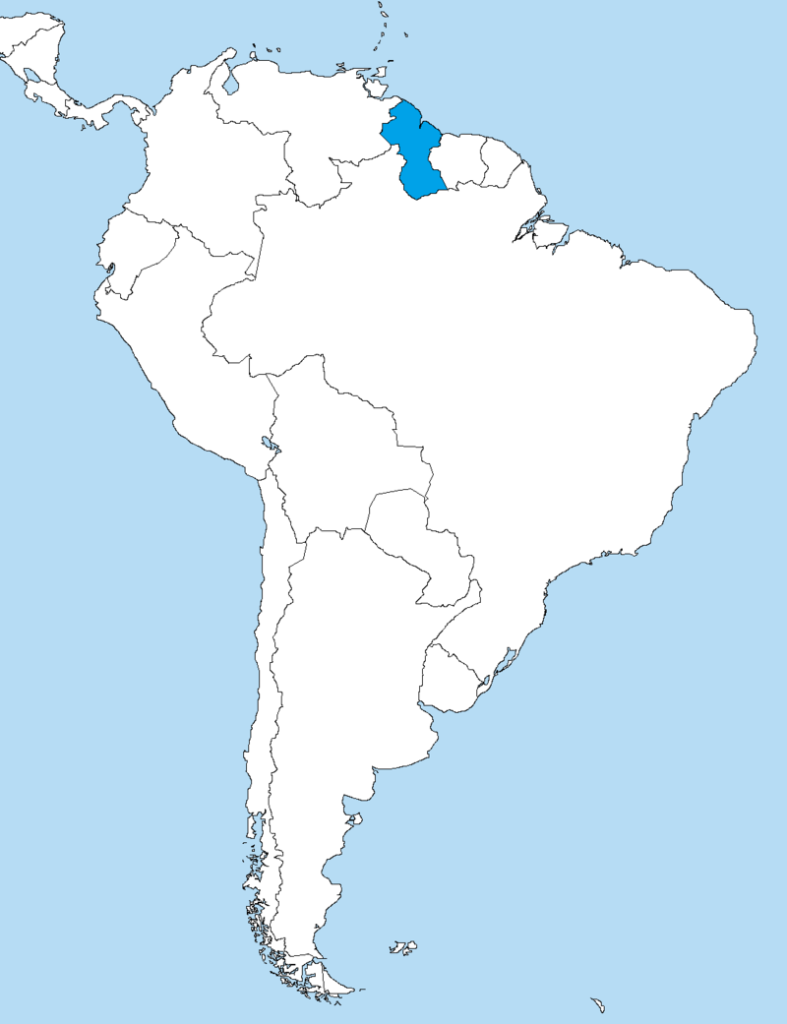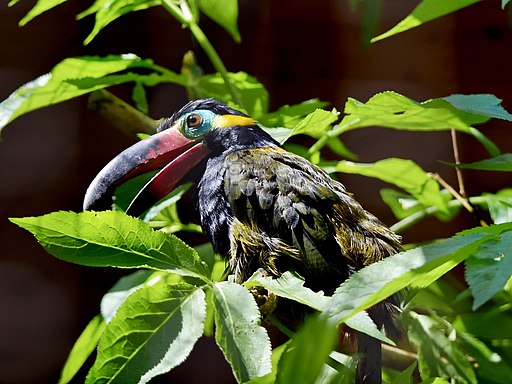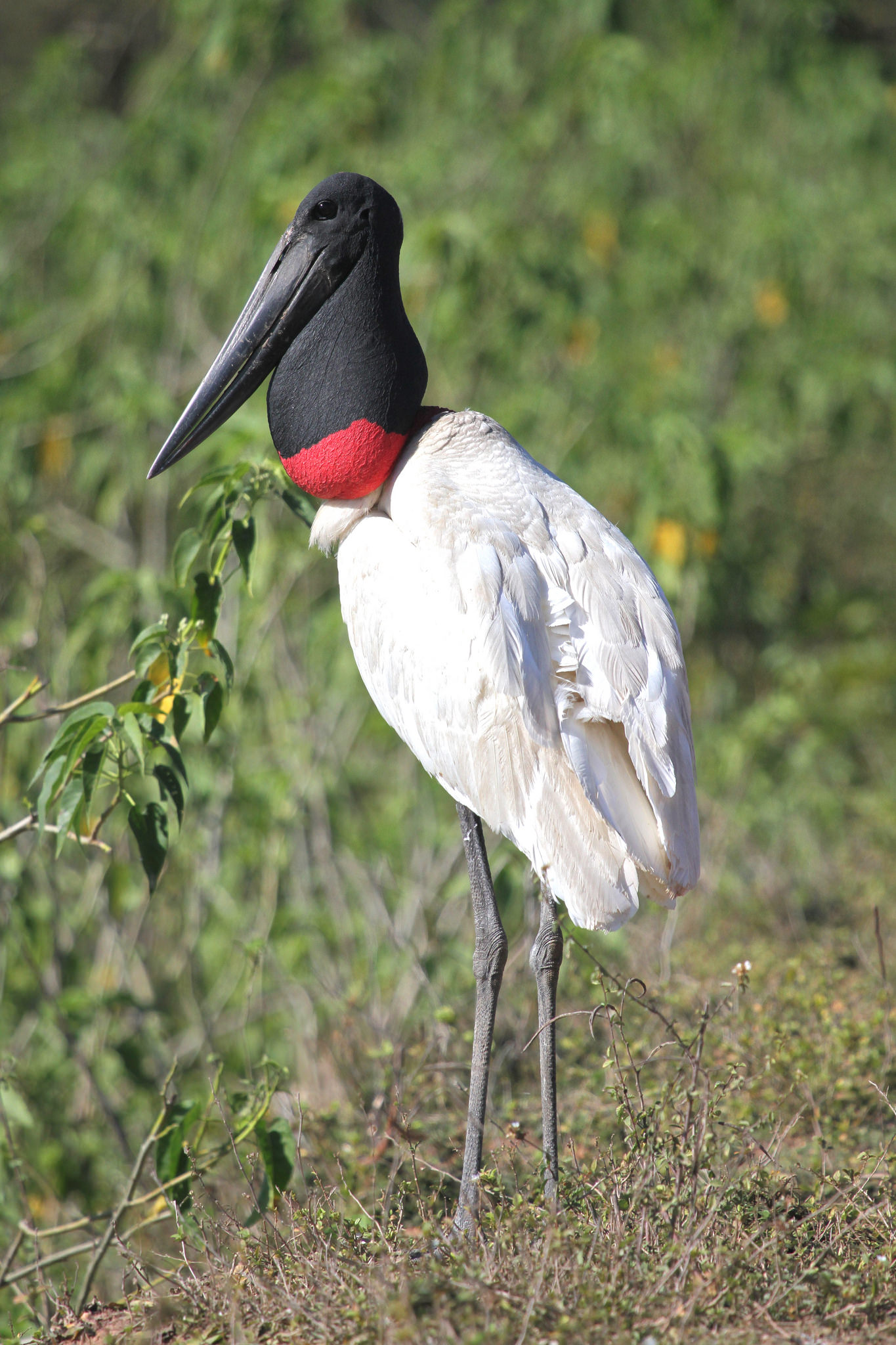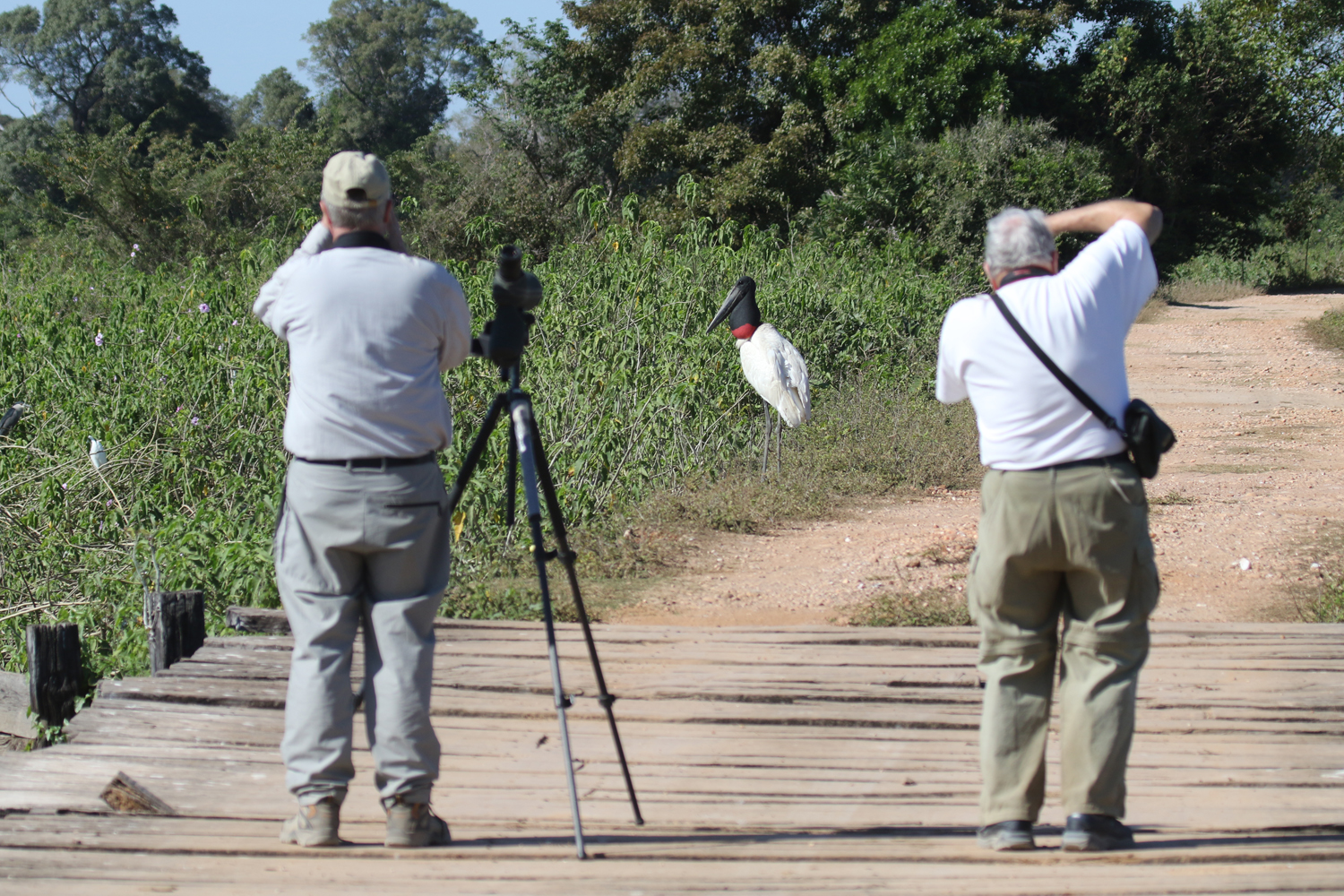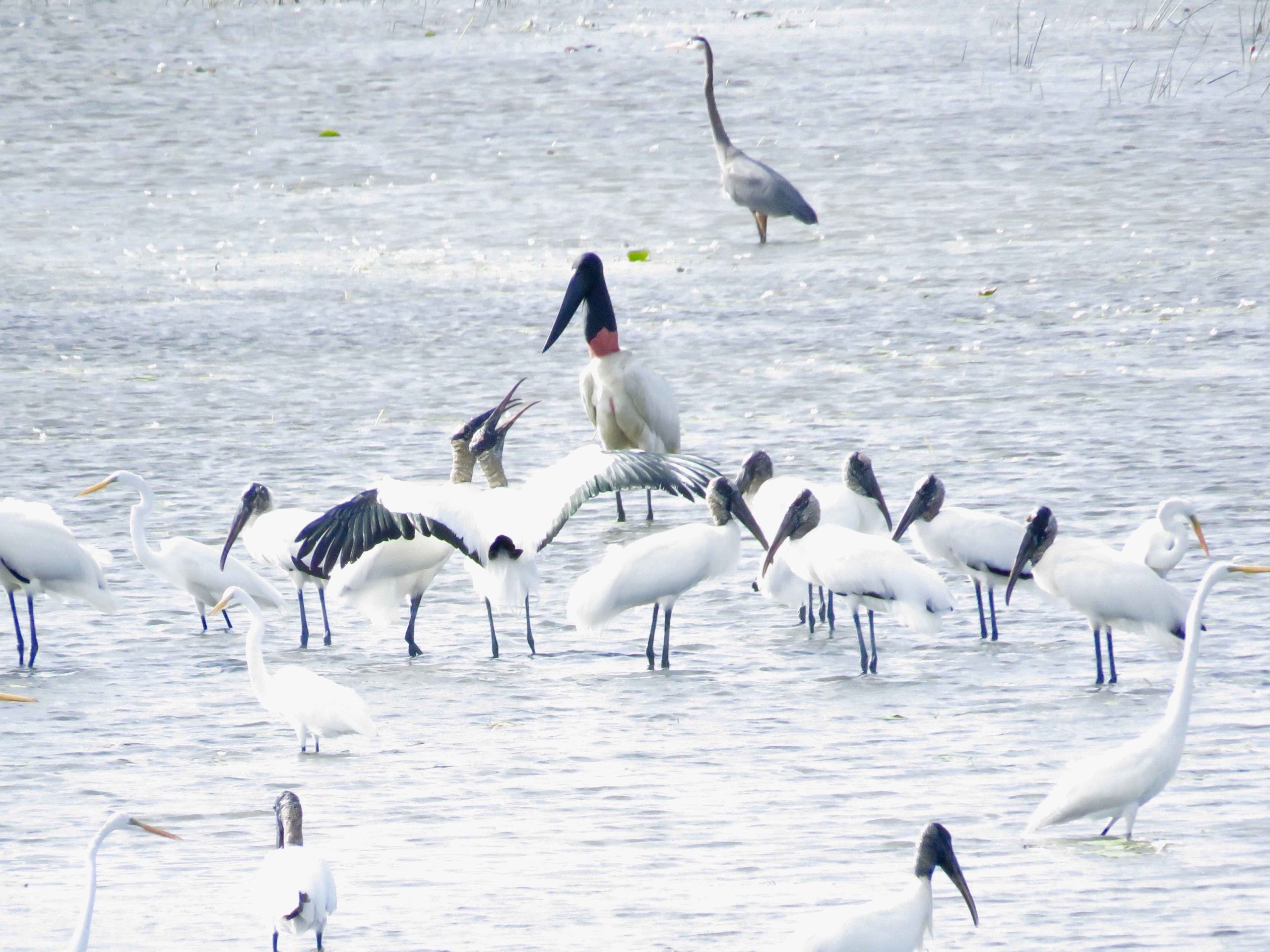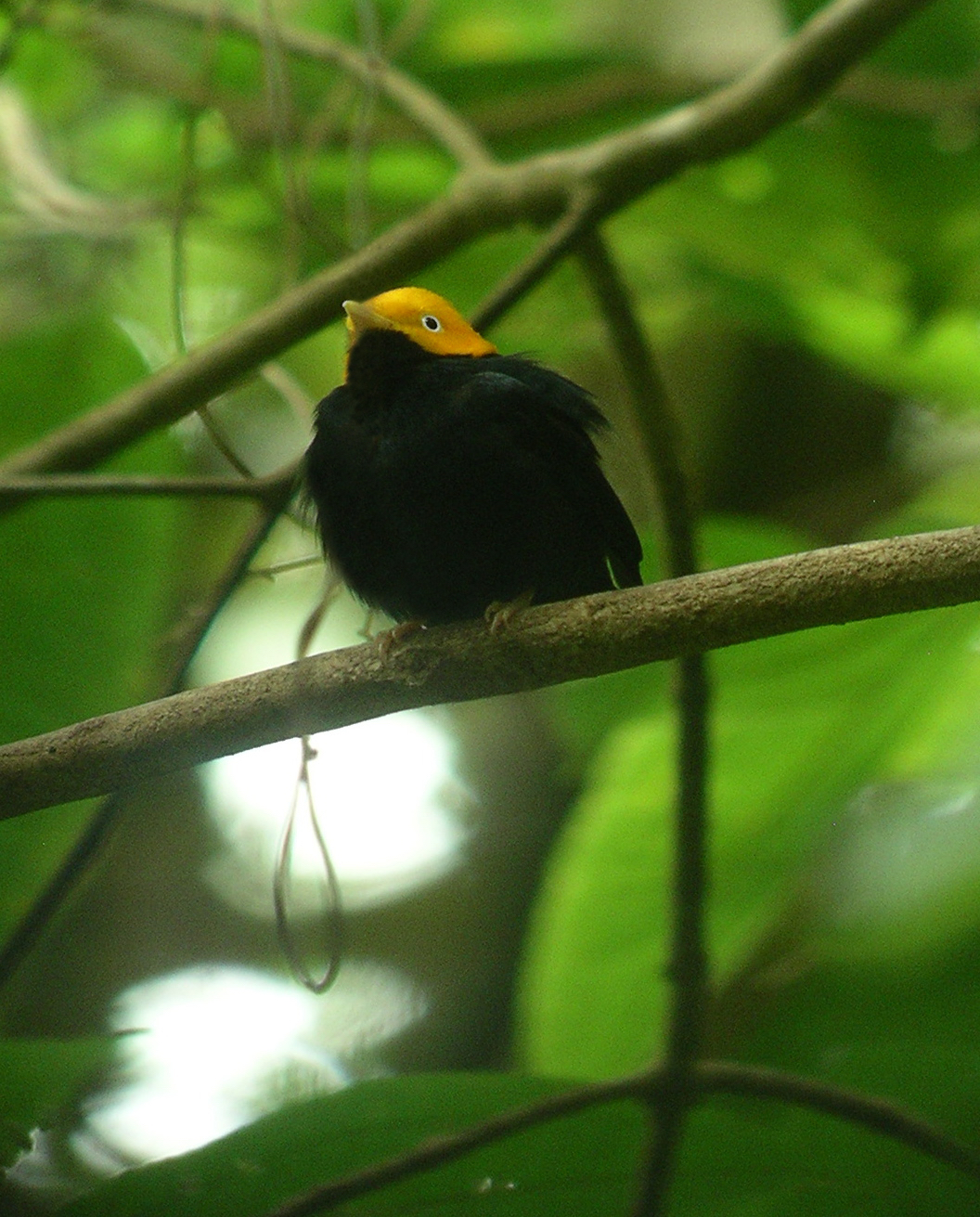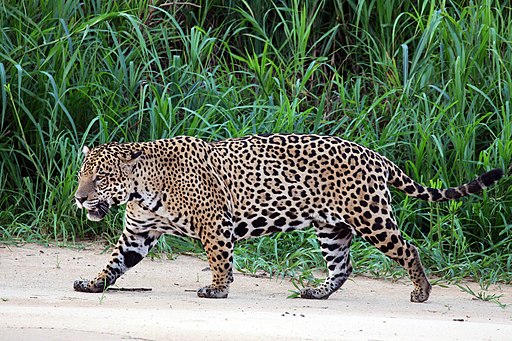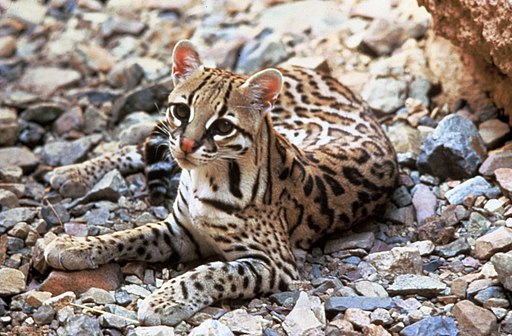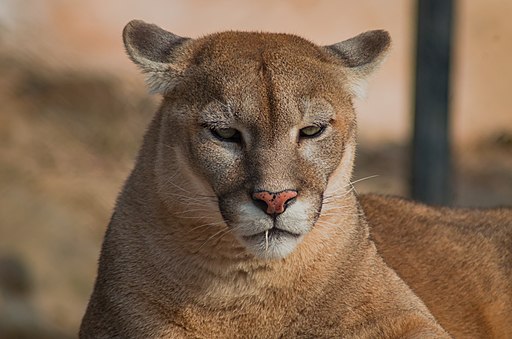Guyana travel offers a lush, tropical paradise where Naturalist Journeys guests often see 300-plus species during the course of our 13-Day, 12-Night tours.
One of the last truly untamed places on Earth, this South American jewel is home to some 800 birds and more than 1,100 animals, many requiring enormous unspoiled territories, like the Harpy Eagle, Giant River Otter, and Giant Anteater.
Geologically ancient, Guyana is part of the 1.7 million-year-old “Guiana Shield,” along with neighboring Suriname, French Guiana, and parts of Venezuela and Brazil. Some 1,000 bird species call this region home, nearly 8 percent of which are endemics. Some of our most sought-after species in Guyana are the colorful Guianan Cock-of-the-rock, whose mating dances we may see and the costumed Hoatzin, whose spectacular plumage is hard to forget.
Nearly 90 percent of the country’s inhabitants live in the capital, Georgetown, where we bird the coast and its famed botanical gardens. We fly over rather than drive the country’s single mostly-unpaved two-lane highway to the interior. There, our ecolodges are run by Amerindians sustainably preserving their ancient way of life and guiding our guests to its wild secrets.
Along the way, we land the plane to admire Kaieteur Falls, the tallest single-drop waterfall of the world, which you’ve only never heard of because it is only accessible by bush plane. Though Venezuela’s Angel Falls is greater in total height, its filamentous drop occurs by stages, whereas Kaieteur is a single massive, thundering cascade up to 100 meters wide, created as the Potaro River makes a sheer drop of 228 meters—nearly five times the height of Niagara Falls.

Guyana travel, at least up to this point, is a bit on the adventurous side, said Dave Mehlman, who is leading the second of three small-group tours we have scheduled for 2022, which have a maximum of 8 guests:
- February 4 – 16, with guide Carlos Sanchez
- February 19 – March 3, with guide Dave Mehlman
- April 1–13 with guide Jon Atwood
In the ecolodges, our meals consist of wonderful native cuisine that is the definition of fresh and hyperlocal and made in time-honored tradition. Our lodging is rustic but comfortable.
Those who choose to wait to visit may find a more luxe form of Guyana travel in the future, but it will never be less crowded, more wild, more biodiverse, or more magical.
“Now is a good time to visit for birders who want to get in on the ground floor of a new birding destination,” said Dave, who has led tours for Naturalist Journeys for several years here.
“Unlike Costa Rica, or some of the more developed birding destinations, you don’t have to contend with large groups of international tourists,” Dave said. “We are often one of just a few tour groups in the entire country.”
Our tours are designed to visit as many of its pristine habitats as are accessible to humans:
- In the rainforest, we frequently find mixed-species flocks of up to 50 types of birds feeding together, associated with army ant swarms or fruiting trees, occupying different layers of the canopy. Ant-birds, ant-wrens and ant-thrushes cover the ground. One layer up, woodcreepers mine the trunks, one layer above them, flycatchers and tanagers flit about in the understory, topped with canopy birds sometimes close enough to see with a scope. “It’s mind-boggling, really,” Dave said.
- Savannah wetlands offer the prospect of three massive stork species, the Jabiru, Maguari Stork and Wood Stork, and also highly localized flycatchers like the Bearded Tachuri and the White-headed Marsh Tyrant. It’s here we often see the charismatic Giant Anteater.
- We often spot cotingas, swifts, hawks and perching birds as we walk along the main road, which creates an edge vantage point back into the forest.
And if none of these natural wonders convinces you the time is now for Guyana travel, recent developments have added some uncertainty to the future of this wild place.
Large oil discoveries off the coast of Guyana portend change to the country’s economy and lead to development.
“That is going to change the country as it has in virtually every country in the world where oil has been discovered,” Dave said. “Whether that’s for good or bad remains to be seen.”
Colonized by the British, Guyana is the only South American country with English as its official language, and culturally is more like Trinidad and Tobago in the Caribbean than its neighbors. The Brits relinquished the territory in 1966, but left a few things behind. Guyanans still drive on the left, play cricket, and boast a spectacular rum tradition.
Because it is English speaking, it is the easiest of the three Guianan Shield countries to navigate, Dave said.
“Guyana travel has a lot to offer in terms of birds and birding,” he said. “I have traveled extensively in South America, and I can tell you there really isn’t another place like it.”
Because there is so much wild and contiguous forest, six species of wild cats call Guyana home (though they are furtive, nocturnal, and we would be very lucky to spot them.) You’ve heard of Jaguar, Puma and Ocelot, but what about Jaguarundi, Ocilla and Margay? Another reminder just how much new there is to see with Guyana travel!

